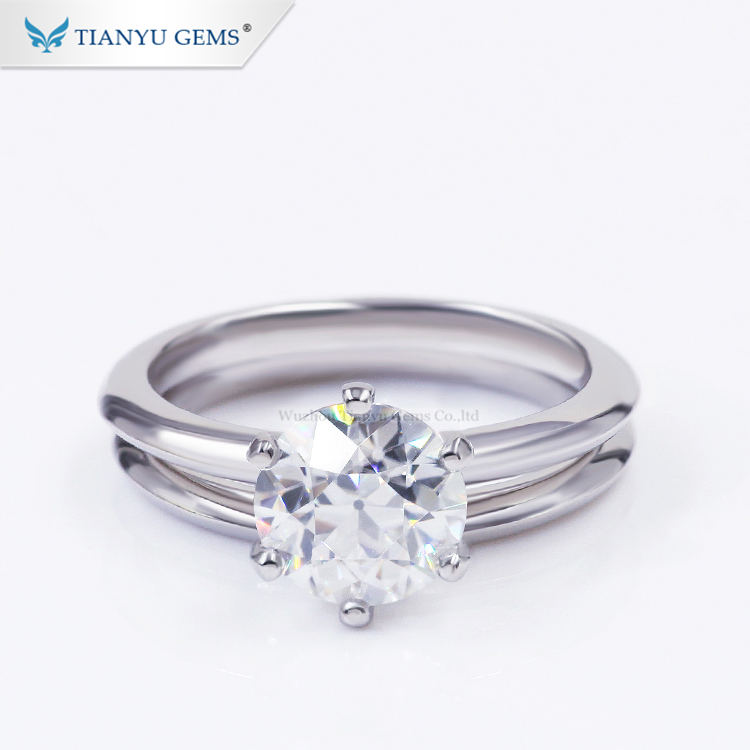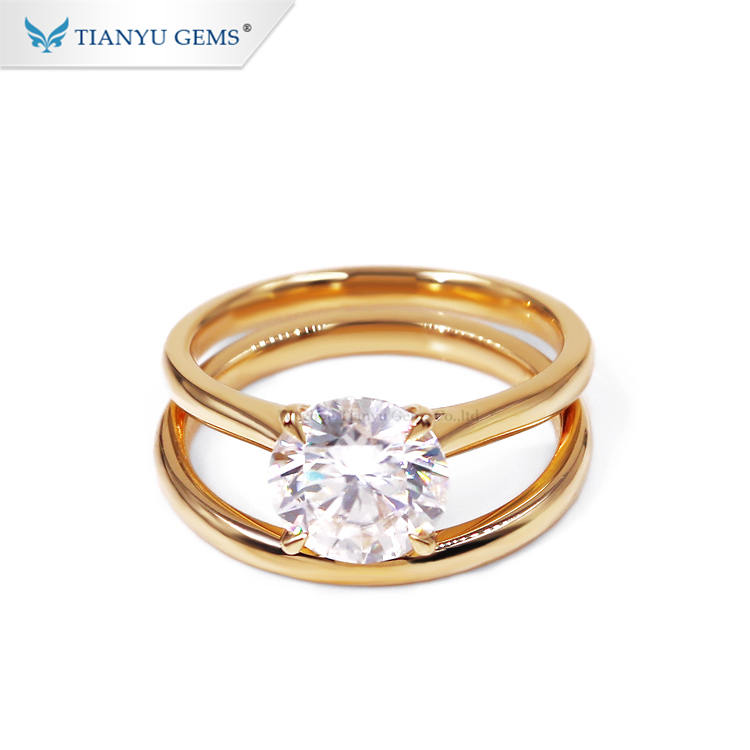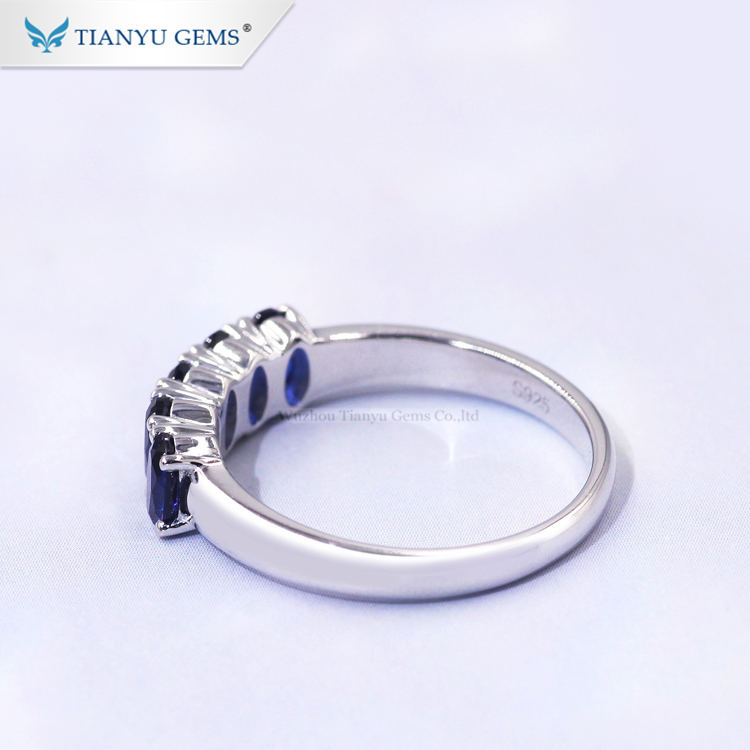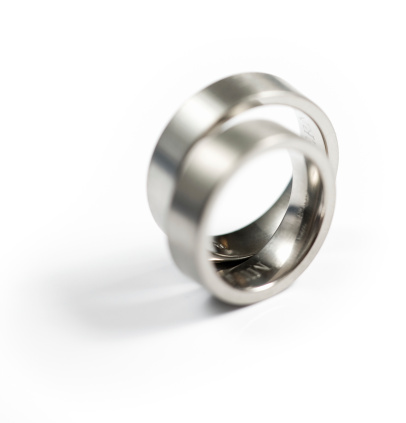Choose the right metal for you
Different metals have long fascinated people and kept the imagination going. Many people have their own aesthetics and preferences when it comes to jewelry. Is it yellow, rose gold, or white? Is it very shiny or a bit matte? Everyone's choice is different.
Many people hold different views regarding the characteristics of varying jewelry metals. Some particular parts need to be welded with special metals, which raises many questions worth discussing. For example: Why is gold so popular when it is so soft? What is the difference between 18k gold and platinum, and whether 3D hard gold is gold? One of the most challenging points for consumers to distinguish when choosing jewelry is the distinction between precious metals, each of which has a different name and characteristics, yet some look very similar.
Buying jewelry is not so intimidating. We will take a closer look at each metal. It will help you understand each metal's advantages and disadvantages and buy the perfect accessory. While the 4cs of diamonds are important, choosing the ideal precious metal to reflect the stone and maximize the diamond's brilliance is one of the most important factors we need to consider.
Precious metals play an essential role in jewelry manufacture and are crucial to shaping the framework of a jewelry style. Here is a description of the standard precious metals we encounter in the market for jewelry and the various types and characteristics of precious metals.
1# Gold
With the chemical symbol Au, gold was considered a sun symbol in ancient Egypt, so the Egyptians have always admired gold jewelry. Pure gold has excellent malleability, is yellow, and has a bright metallic luster. However, pure gold is too soft and cannot be used directly in jewelry, as it is easily deformed or worn. Gold alloys were developed to improve the hardness, malleability, and melting point of gold, also known as K-gold, which is mixed with other metals such as silver, copper, nickel, zinc, palladium, etc.
The "Karat" refers to the purity of gold, the percentage of pure gold in the alloy, and is calculated by dividing pure gold into 24 parts. For example, 24k gold refers to this alloy with 24 pieces of gold, that is, pure gold. For example, 22k gold means the ratio of gold to other metals is 22:2, and so on. The following are the signs and hardnesses of the different carats and their gold content.

·The higher the concentration, the better it feels shiny, but therefore also more scratchy.
·The logo is usually found inside or in reverse jewelry, such as pendants, earrings, or bracelets.
K-gold can change into various shades with different metal combinations, making it into a wide variety of jewelry manufacturers. Consumers have a wide variety of choices, making it a popular choice for people who want to be fashionable. The composition of various colors of K-gold requires the addition of different precious metals, and the following examples are expected.
1. Gold K Gold = Gold + Zinc, Copper
2. White K gold = gold + palladium, manganese, nickel
3. Rose K gold = gold + copper
The same style of K gold ring can be chosen according to personal preferences or skin color and other metal materials, such as rose K gold, white K gold, and yellow K gold. The variety of colors and choices better meet the needs of consumers.


Note: Keep gold jewelry away from swimming pools and hot water while swimming or bathing. This is because chlorine can tarnish gold at high temperatures. Hair products and perfumes contain chemicals that can harm your gold jewelry and dull it. Also, before doing sports or other outdoor activities, please wear your jewelry to avoid scratches.
2#Platinum
Chemical symbol Pt, also known as white gold, and pure white gold, is a natural and rare white metal with higher density than gold, chemically stable, increased flexibility, and corrosion resistance because all the characteristics are superior to gold, so the price is also higher than gold
But pure platinum is also very soft, so it is also necessary to add other precious metals to enhance the platinum's hardness so that the jewelry can be set more firmly.
Common platinum jewelry on the market can be classified as:
Pt850 (total platinum content 85% + 15% other precious metals)
Pt900 (total platinum content 90% + 10% other precious metals)
Pt950 (total platinum content 95% + 5% other precious metals)
The Platinum Guild International (PGI) stipulates that Pt850 or higher can only be called platinum, and the higher the purity of platinum, the higher the price. Jewelry made of Pt950 is the most common and most popular.

Analysis of the advantages and disadvantages of 18K gold and PT950:
The advantages of 18k gold: material-wise, 18k gold because mixed with other precious metals, is more complicated, not easy to deform, can be more firmly set with diamonds, and can make unique jewelry; aesthetics, 14k gold can be integrated with other precious metals, so that the illusion of different colorful colors, including the unique rose gold color more lined with our Asian skin tone; price, 18k gold prices are more affordable, no matter how old your gold jewelry, you can let the professionals polished recycling.
18k gold disadvantages: 18k white gold is silvery white by the surface of a layer of rhodium plating. The cover of the plating wear will reveal its color. However, re-plating can solve this problem.
Advantages of PT950: In terms of material, platinum is exceptionally stable, anti-corrosive, and anti-oxidant, and can also prevent allergies; in addition, if it is scratched, it will only produce a position shift and will not lose its quality, and is more resistant to the erosion of the years; aesthetically, platinum has a charming luster and unique white color, which can better complement the brilliant fire of diamonds, and the color will never change.
PT950 disadvantage: The platinum content is high, and the exact size of platinum jewelry is about 30% heavier than other gold jewelry, but not as hard as 18k gold, not strong enough, and easy to produces scratches and deformation. Therefore, the style of making platinum jewelry is very restricted.
3# Silver
Pure silver is very soft and difficult to shape, so it cannot be used to make jewelry, so it needs to be mixed with copper or other metals to make it. Silver also has different purity. For example, 999 silver has the highest virtue, and 925 silver is usually other metals added to silver to enhance its hardness. Sterling silver must contain at least 92.5% pure silver, marking it as 925 sterling silver (925 silver is the international standard for making silver jewelry). In most cases, sterling silver jewelry will have the 925 mark. So you don't have to worry too much about whether the jewelry you choose is sterling silver when you buy it. Look at the mark on the jewelry, and you can tell.

Note: Due to oxidation, it will react with sulfur in the air and thus tarnish. Ammonia in sweat will also react with silver and leave stains on your skin. Silver jewelry tends to degrade, so it is most important to polish it regularly. Although tarnished silver can be quickly wiped with a cloth dipped in a particular cleaning solution, it is essential to find a brand counter for professional restoration if there is severe tarnish or rust.
4# Titanium
Titanium is a gray-black metal and a popular alternative metal often used to make precision parts for the aerospace and military industries, known as the "space metal." Titanium has a high melting point and density, which means it is more substantial than other metals, lighter, more robust, and has an attractive silver color. It is highly resistant to corrosion and also has hypoallergenic properties. Titanium is popular with consumers in jewelry.

Commercial-grade titanium is commonly used for cases and bands because of its superior resistance to dents and corrosion, making it an ideal material for rings and jewelry. For the same volume, pure titanium weighs only 40% silver and about 25% gold, but it is challenging to approach the hardness of stainless steel. One advantage is that jewelry designers have found a new precious jewelry material, like a treasure.
#How to choose the suitable metal?
There are several factors to consider when choosing jewelry:
Rarity: The rarer the metal, the more expensive it will be. This jewelry made of platinum and gold will usually be more costly than other metals. Metal prices fluctuate from day to day, and rarity can drive demand as well as costs.
Weight: Some consumers prefer jewelry that feels heavy, while others prefer jewelry that feels weightless. Platinum is the densest and heaviest metal; it is about 40% heavier than gold.
Lifespan: Consider a metal's ability to withstand daily wear and tear; metals get scratches and even dents over time. Consider whether it can be reworked after wear and restore a new look after restoration and its fashionability.
Hypoallergenic: Hypoallergenic metals reduce the irritation of your jewelry to your skin and the possibility of allergic reactions. Platinum and titanium metals are hypoallergenic and will better protect your skin from irritation.
Copyright ©2025 Wuzhou Tianyu Gems Co., Ltd - All Rights Reserved.